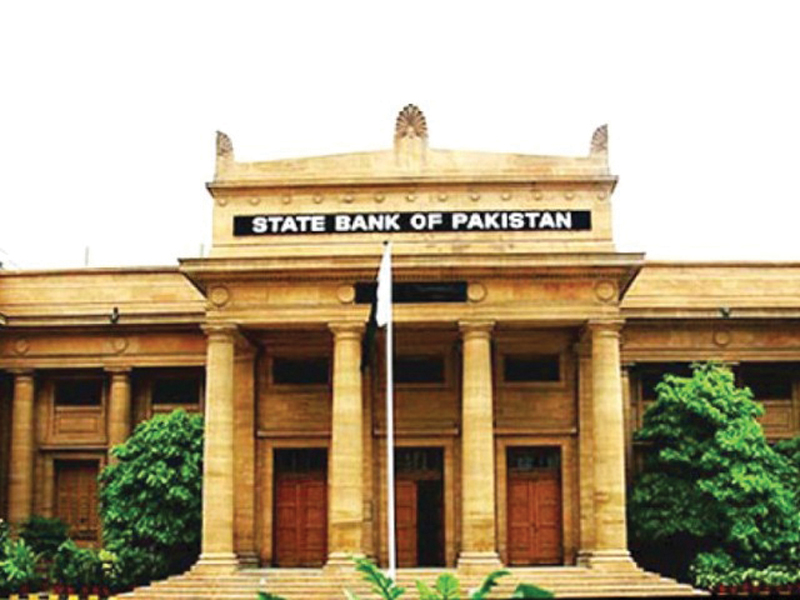
KARACHI: The State Bank of Pakistan (SBP) has left the key interest rate unchanged at 5.75% for the next two months, keeping in view inflation numbers that are below the targeted levels.
"Inflation expectations in the current fiscal year continue to remain well anchored," said the central bank in its bimonthly Monetary Policy Statement issued Saturday.
The central bank has maintained the discount rate at 5.75% since May 2016, which is at its lowest level in four decades.
Majority of the analysts argued that the rate had "bottomed out", foreseeing a gradual upward revision going forward.
Monetary policy: SBP keeps key interest rate unchanged at 5.75%
The rate was in double digits (at 10%) in the first half of fiscal year 2012-13.
The SBP said that inflation remained low in the country due to substantial availability of essential commodities (wheat and sugar) at relatively stable prices with no major increase in demand in the current fiscal year to date.
"This [low inflation] has been largely due to the near-absence of any major supply side pressures," the statement added.
The central bank has set an inflation target at 6% for the full fiscal year in progress.
A brokerage house recently flagged rising prices of a few vegetables (including tomato) and chicken as signalling towards higher inflation ahead of Ramazan.
The central bank added that rising real incomes in a low interest-rate environment since fiscal year 2014 are indicating signs of a pick-up in domestic demand.
Monetary matters: SBP keeps policy rate unchanged at 5.75%
Going forward, improving consumer confidence, as depicted by the IBA-SBP Consumer Confidence Survey of March 2017, indicates further increase in consumer demand. "Hence, barring any major cost shocks, domestic demand will define the underlying trend of headline inflation in fiscal year 2018," it said.
The SBP said that real economic activity continued to gather pace at the back of better agricultural output, increase in key large-scale manufacturing sectors (cars, cement, fertiliser and etc), and a healthy uptick in banking credit to the private sector.
This expansion is helped by a range of factors including low cost of inputs, upbeat economic sentiments, improved energy supplies, and China-Pakistan Economic Corridor (CPEC) related investments.
"As a result, GDP growth is expected to further improve in FY17," it said.
Also, prudent monetary policy stance has translated well into low and stable interest rates, which incentivised private sector to borrow from commercial banks to finance their businesses and investment activities.
Consumer price index: Inflation rate stays at 3.7%
"Accordingly, private sector credit increased to Rs349 billion during July 2016 to February 2017 as compared to Rs267 billion in the same period last year," it added.
Improved interbank liquidity conditions also spurred growth in private sector credit. "This was led by both net government retirement [of budgetary loans] to commercial banks and a decent increase in bank deposits compared to the withdrawals seen last year," it said
Furthermore, interbank liquidity was managed well with calibrated open market operations that allow the central bank to inject liquidity in banks when required or suck the excessive liquidity by buying/selling government securities.
C/A deficit, a threat to economy
The expansion in economic activity has also translated into significant increase in imports, which along with lack of any sustained improvement in exports and a small decline in remittances has pushed the current account deficit to $5.5 billion during Jul-Feb FY17.
Govt ‘concerned’ over falling exports, but not in the short-term
"While net financial flows remained higher, these were not sufficient to finance the current account deficit," the central bank highlighted.
However, accounting for positive impact of the recent policy measures to augment exports and check non-essential imports, "the current account deficit may be contained in the coming months," it opined.
"Continuation of the financial inflows, CPEC-related imports and any major fluctuation in the global oil price will determine the overall position of the external sector in FY18," it added.




























































COMMENTS
Comments are moderated and generally will be posted if they are on-topic and not abusive.
For more information, please see our Comments FAQ